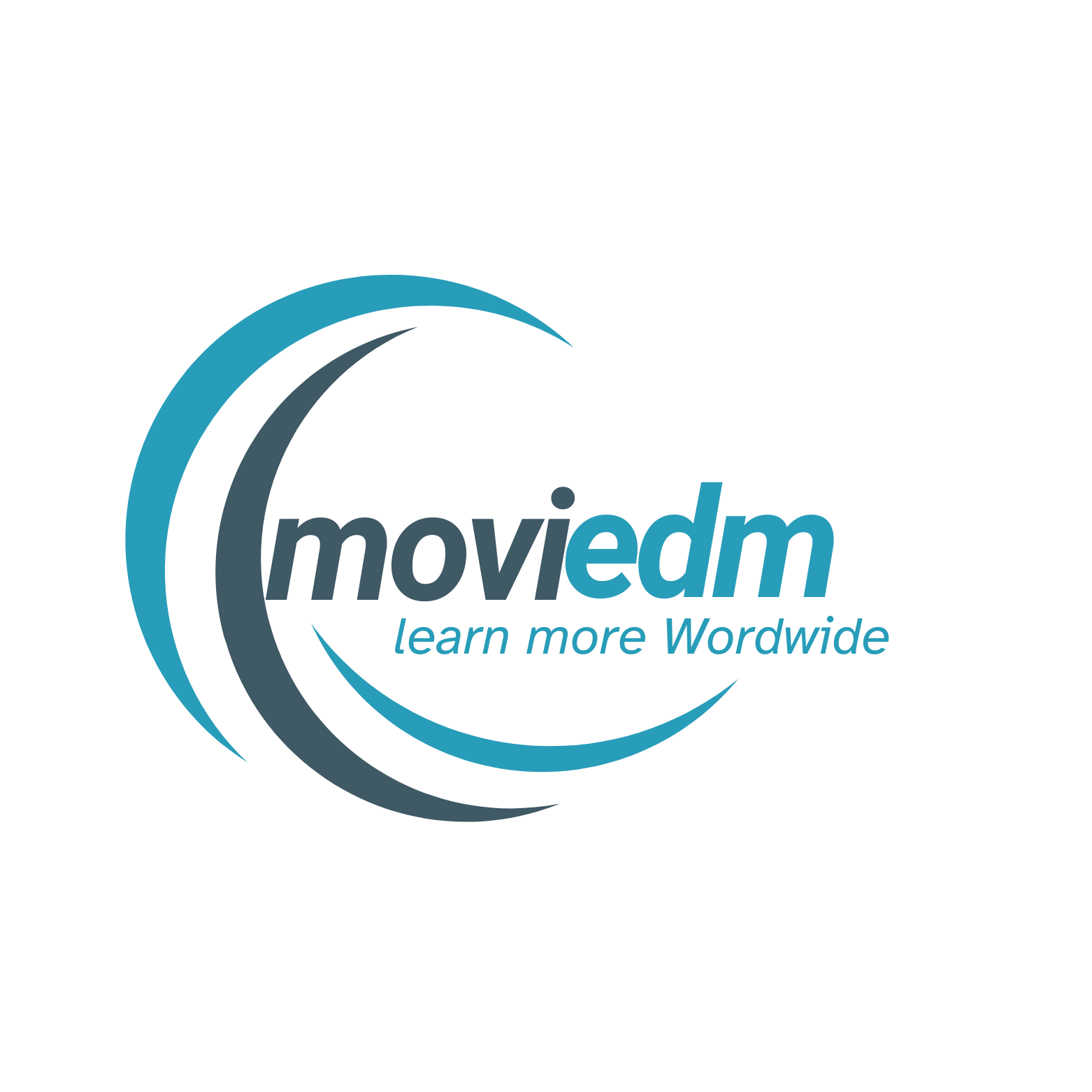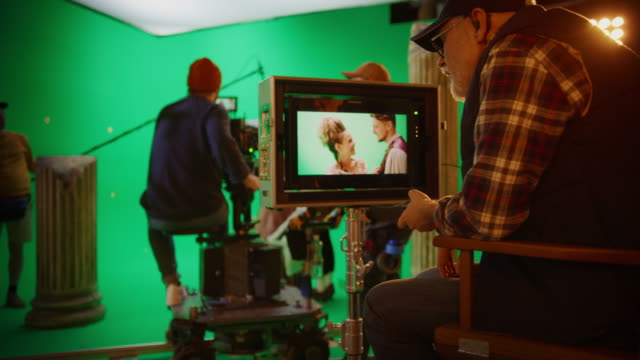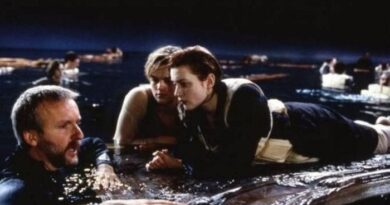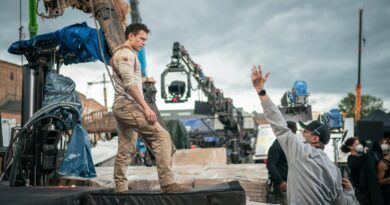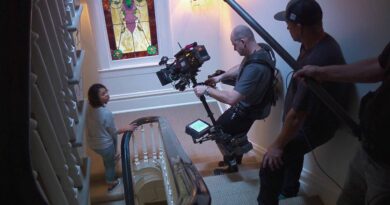The Art of Film Editing: Crafting Narratives in the Editing Room
Film editing, often referred to as the “invisible art,” is a critical aspect of filmmaking that holds the power to transform raw footage into a compelling narrative. Through meticulous selection and arrangement of shots, the film editor weaves together a story that engages and captivates the audience. The editing room becomes a canvas, where the editor employs a blend of technical prowess and creative intuition to shape the final cinematic experience.
At its core, film editing is about storytelling. It’s the process of taking the director’s vision and translating it into a coherent and emotionally resonant narrative. Editors work closely with directors, collaborating to establish the pacing, rhythm, and tone of the film. This collaboration extends beyond mere technical skills; it requires a deep understanding of the film’s themes, characters, and overall message.
One of the editor’s primary tools is the “cut.” A cut is more than just a transition from one shot to another; it’s a deliberate decision that influences the viewer’s perception of time, space, and emotion. A well-timed cut can create suspense, evoke emotion, or deliver a punchline. Understanding the psychology of how cuts affect the audience allows editors to craft narratives that manipulate emotions and guide the viewer’s attention.
Seamless continuity is essential for maintaining the illusion of reality within the film’s world. However, editors also have the power to intentionally disrupt this continuity for artistic purposes. Montage sequences, for example, condense time and space, offering a stylized and often symbolic representation of events. By experimenting with continuity and rhythm, editors can amplify the film’s themes and motifs.
In the digital age, film editors use sophisticated software to manipulate footage. This technological advancement has expanded the editor’s toolkit, enabling them to achieve effects that were once unimaginable. Visual effects, color correction, and sound design can now be seamlessly integrated into the editing process. While these tools enhance the editor’s capabilities, they also demand a deep understanding of the software’s intricacies.
The editing process often involves multiple iterations. The “rough cut” allows editors to assemble the footage into a preliminary version of the film. This stage is crucial for identifying pacing issues, narrative gaps, and areas where additional shots or scenes are required. The subsequent “fine cut” focuses on refining the narrative flow and tightening the overall structure. Feedback from the director, producers, and sometimes even test audiences, guides these iterations.
Film editors are also responsible for collaborating with other departments to ensure a cohesive final product. They work closely with sound designers, composers, and visual effects artists to synchronize audio and visual elements. This collaboration enhances the sensory experience and reinforces the emotional impact of the narrative.
The art of film editing extends beyond technical skills; it requires a deep understanding of cinematic language and storytelling conventions. A skilled editor possesses an innate sense of timing and rhythm, knowing precisely when to linger on a shot for dramatic effect or when to swiftly cut to a new scene for momentum. This intuition is honed over years of experience and a passion for the craft.
The role of the film editor has evolved with the rise of digital technology and the changing landscape of filmmaking. Editors are now involved earlier in the production process, working on previsualization and animatics to help directors visualize complex scenes. Additionally, the advent of streaming platforms has challenged traditional editing norms, as filmmakers experiment with non-linear storytelling and diverse narrative structures.
In conclusion, the art of film editing is a dynamic and multifaceted endeavor that plays a pivotal role in shaping the cinematic experience. Editors are the architects of emotion, constructing narratives that resonate with audiences on a profound level. Through a delicate balance of technical proficiency and creative insight, film editors craft stories that linger in the minds and hearts of viewers long after the credits roll.
